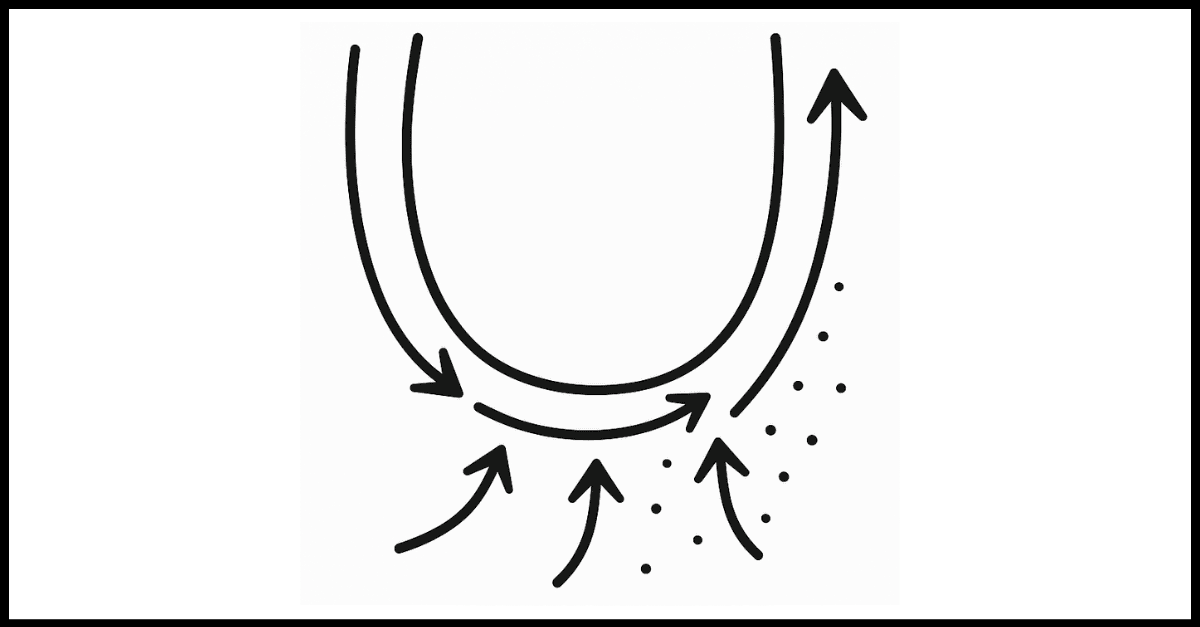The Coandă effect is one of the most fascinating principles, and it has widespread applications in engineering, including deep-sea operations.
It is named after Henri Coandă, the Romanian inventor who first recognized the practical application of the phenomenon in aircraft design in 1910. Henri explicitly documented the effect in two patents he filed that were issued in 1936.
At its core, the Coandă effect describes how a fluid (liquid or gas) tends to stick to a curved surface and follow its contour rather than moving in a straight line. But what makes this effect so interesting is how the pressure changes that occur during fluid acceleration can be used. Let’s dive deeper into this topic and explore how it “just sucks” — quite literally.
One of the foundational principles of fluid dynamics is Bernoulli’s principle, which states that as the velocity of a fluid increases, its pressure decreases. This principle is a cornerstone in understanding the Coandă effect. When a fluid accelerates along a curved surface, the acceleration of the fluid creates a region of lower pressure. This pressure drop results in the surrounding fluid and particles being sucked into the flow stream.
This suction is due to the pressure difference between the fast-moving fluid close to the curved surface and the relatively stationary surrounding fluid. The lower pressure in the fast-moving stream creates a suction effect, pulling the surrounding fluid (or particles) into its path.
The principle of fluid flowing along curved surfaces, resulting in lower pressure and thus sucking fluid toward these surfaces, is used in a range of applications, from airplane wings to generate lift to dredge pumps to liberate material.
When it comes to subsea operations, the Coandă effect is remarkably similar to other pumping techniques where the suction is created by flow from pumps or other dredging equipment. When the Coandă effect is used to suck, pumps create flow around a curved surface, sucking up sediment and particles from the seafloor. This comparison highlights a critical environmental concern. Whether suction is created by dredging equipment or leveraging the Coandă effect, the disturbance to the seafloor can have significant ecological consequences.
Bottom line: Using the Coandă effect is an effective method of sucking.
